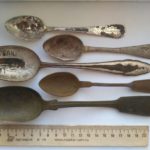The interesting story of a clothespin
A clothespin is such a small household item, but it accompanies people throughout almost their entire existence. It is generally older than all civilizations, because its history began in the cave of primitive man, when it was necessary to dry the skins of killed animals over a fire.
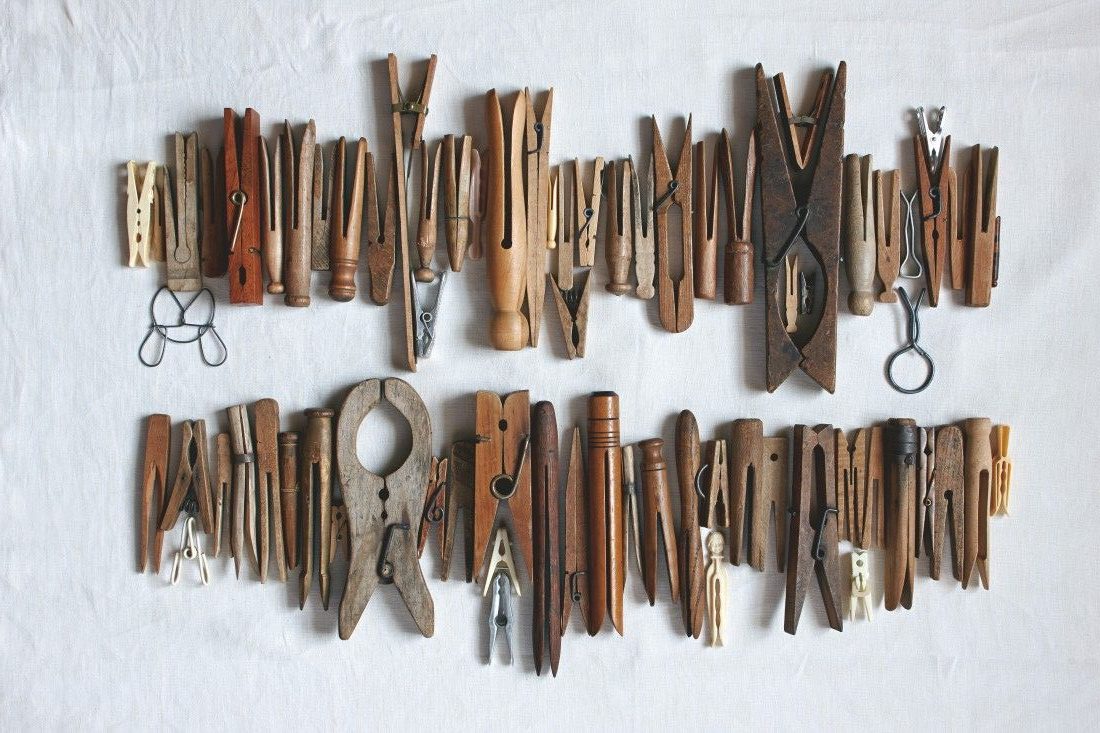
The content of the article
How the name was born
In general, in the Russian language there are two versions of the origin of this word.
The first of them is from the root “chips”, that is, it seems to hint to us that a clothespin is directly related to a sliver - a broken off thin piece of wood. However, this is more than logical. Especially considering that people in the distant past tied two pieces of wood together to hold the clothes on the line. The second version leans more toward the verb “to pinch.” And it also seemed like a direct hit.
It is not clear what to believe, because both interpretations are completely justified and have a right to exist.
Story
Archaeologists have more than once found objects that look very similar to a modern clothespin. As mentioned above, these were two wooden plates tied together with thread or strong grass. And some finds even indicate that they were used generally as buttons, holding the edges of clothes. Sometimes they were used instead of hair clips. Well, of course, they were used to hang skins to dry.
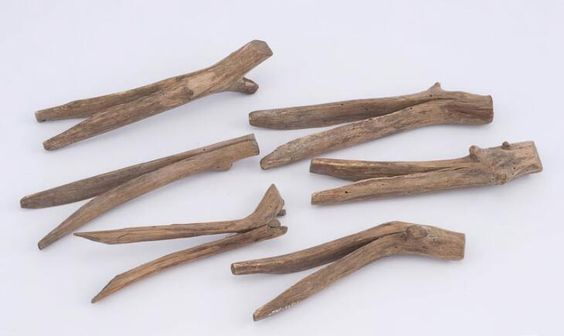
With the development of civilization, household items also changed. Clothespin was no exception.
In Ancient Egypt, these were also two pieces of wood connected by a rope - for drying papyrus and various materials. But in England during the Middle Ages, clothespins were for some reason associated with gypsies. If the camp stopped somewhere, the women washed things, and then hung them on a rope and secured them with split willow branches.
Already at the end of the 16th century. In Europe, they simplified the design and came up with clothespins with a spiral spring. They turned out to be much more reliable in use and, of course, held the laundry better.
In the 19th century it was modernized again thanks to Jeremy Victor Kaldybek. Then a real clothespin boom happened! The product was a solid wooden structure without springs, but with a hollowed out core.

The laundry was held by what fell into the slots. The clothespin instantly became mega-popular among professional laundresses of the time and ordinary housewives.

Then, in 1832, the first patent for this item appeared - these were two boards connected by a screw. And already in 1853, the American inventor David Smith took a chance and again made significant changes to the design of the clothespin. Now these were two pieces of wood connected by a spring.
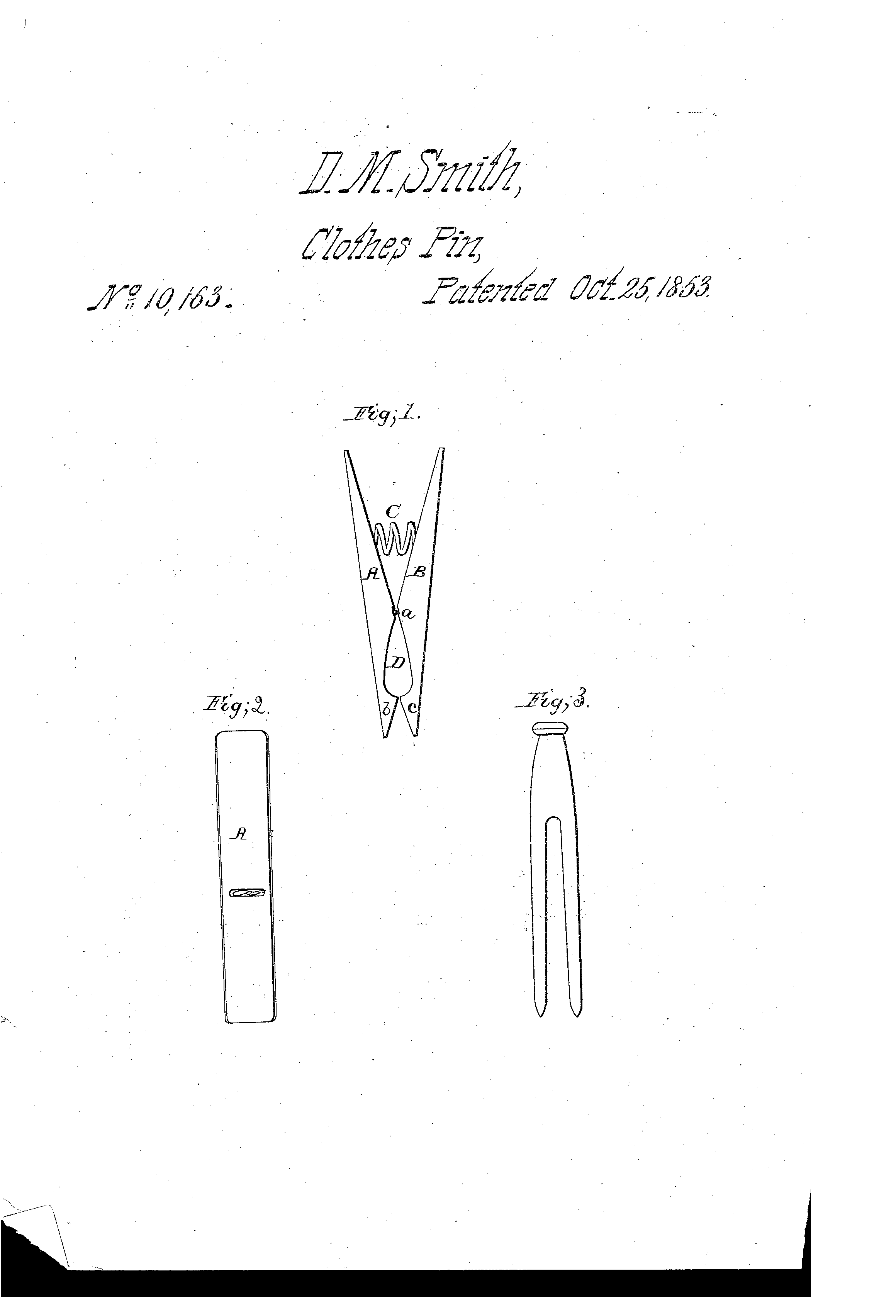
In 1887, the product was again modernized by Solomon Moore. He created a kind of cylinder by winding a spring - this is how the state of Vermont (where Moore lived) became the birthplace of our clothespin.
Solomon Moore's design has remained virtually unchanged to this day.
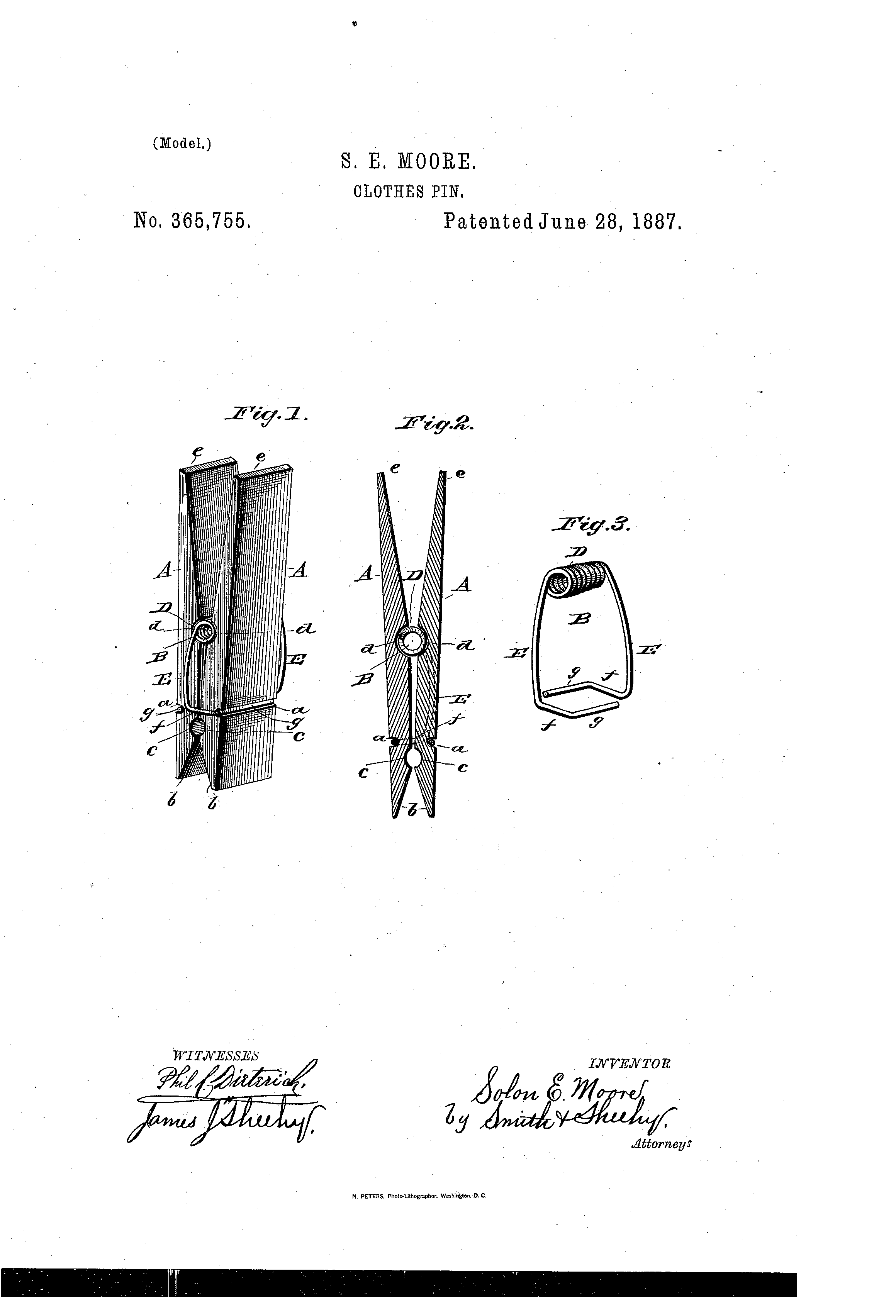
Then the stormy adventures of the clothespin again move to European countries. Here, sales of this household item numbered in the thousands.After the Second World War, the crisis grew at breakneck speed, so not everyone could afford drying machines - so they hung their laundry on a line, and, of course, a clothespin served as an assistant.
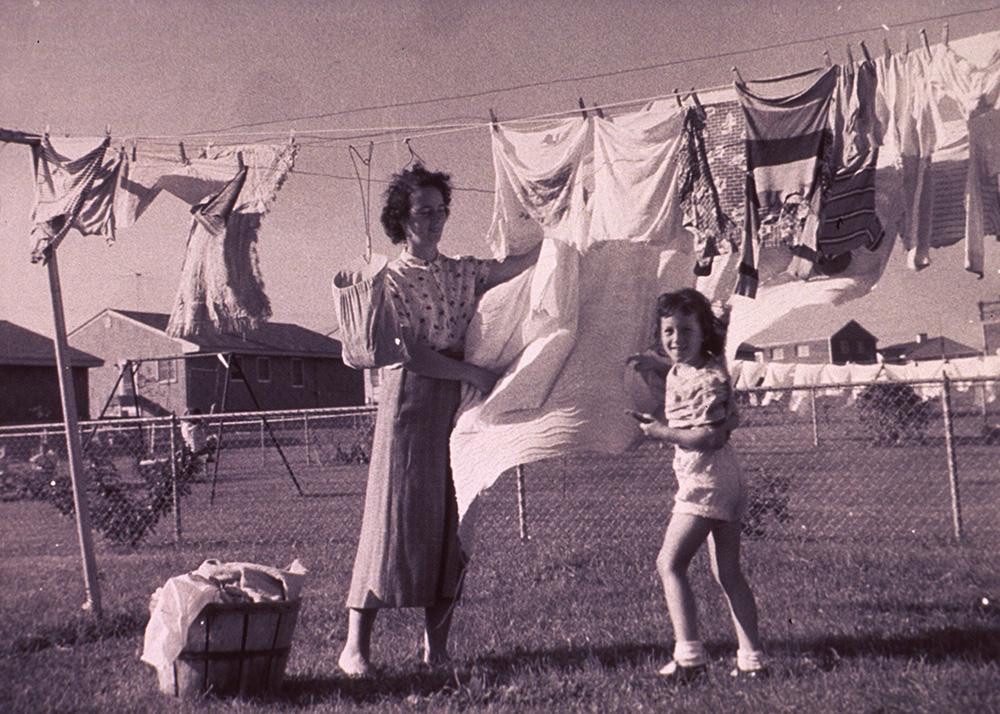
Monuments
Of course, one can doubt that the clothespin will ever lose relevance, as happened, for example, with players or manual meat grinders. Today her merits are immortalized in monuments.
The most famous of them is located in Philadelphia (USA). This huge 14-meter structure is a steel monument in front of the city hall.

But the second one stands in an unusual place - this is a monument on the grave of J. Crowell. He was the manager of the last clothespin factory in the United States and always wanted to build a monument in its honor so that children could play with it. But, unfortunately, I didn’t have time.

Here, it would seem, is such an inconspicuous helper, but what a curious “life” and how many things have happened to the clothespin during its entire existence.

